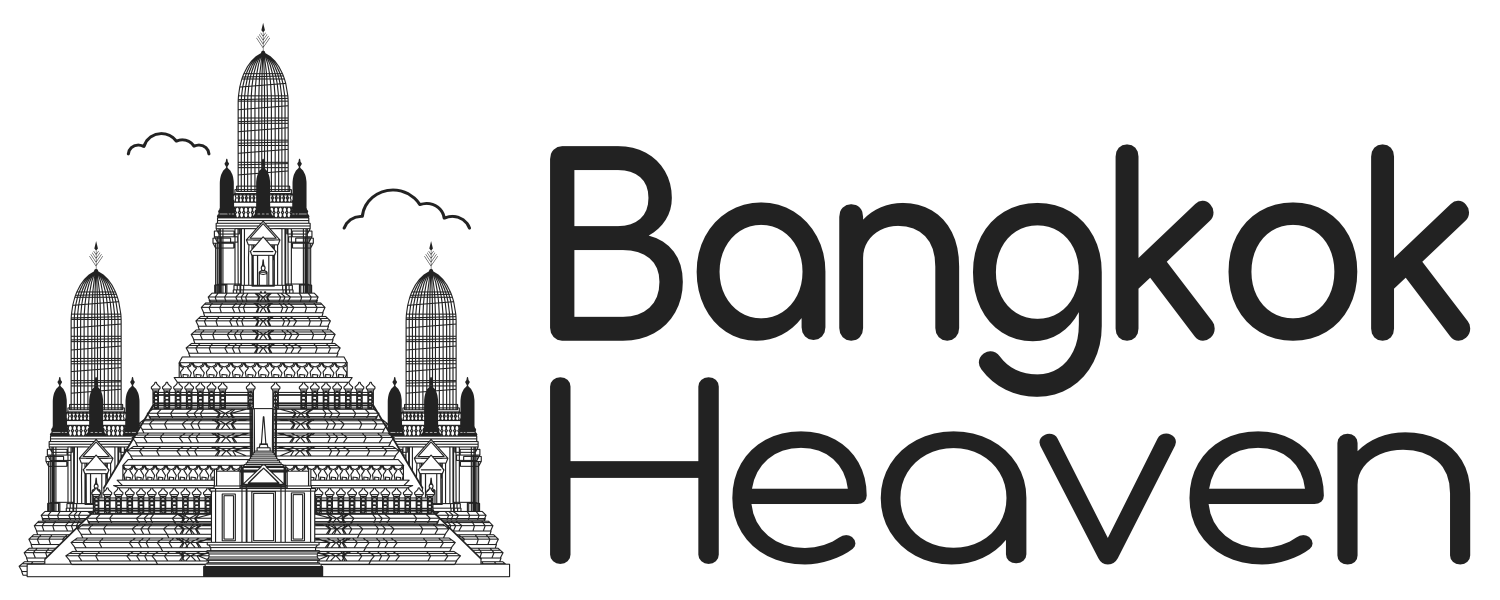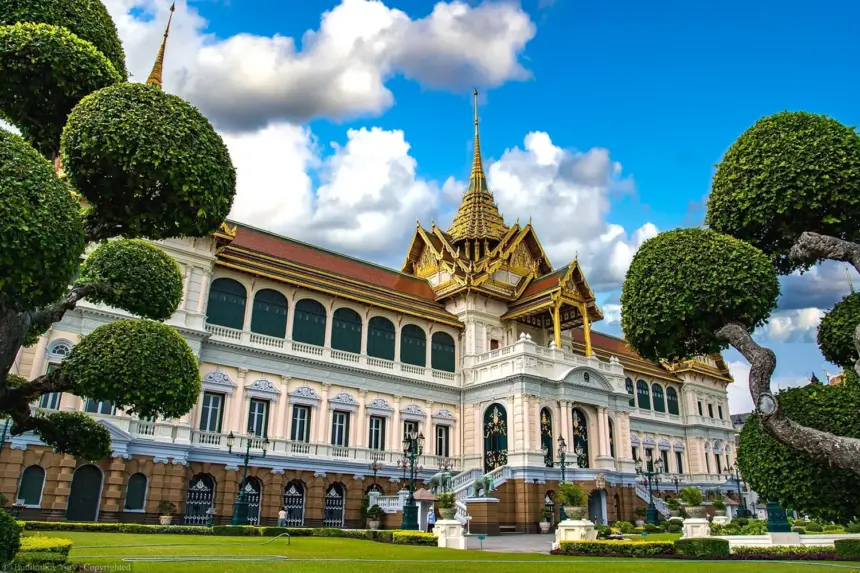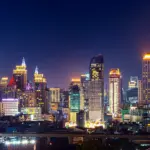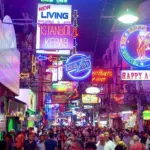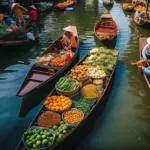The Grand Palace in Bangkok, Thailand: A Jewel of Thai Heritage
Nestled in the heart of Bangkok, the Grand Palace is one of Thailand’s most iconic landmarks and a symbol of the country’s rich cultural heritage. With its shimmering temples, intricate architecture, and opulent halls, the Grand Palace is a place of awe and wonder that continues to captivate millions of visitors every year. Built in 1782, this sprawling complex was once the residence of the Thai king and the administrative seat of the government. Today, it remains an important cultural site, hosting ceremonial events and serving as a testament to Thailand’s architectural and artistic achievements.
This article will explore the history, architecture, key attractions, cultural significance, and visitor information for those planning a trip to the Grand Palace in Bangkok.
Historical Background
The Grand Palace was established in 1782 by King Rama I, the founder of the Chakri Dynasty, which still rules Thailand today. After moving the capital from Thonburi to Bangkok, King Rama I ordered the construction of the Grand Palace to serve as the official residence of the monarch and the center of the new capital. Over the centuries, successive kings have added to and expanded the complex, each bringing their own artistic and architectural influences to the site.
The Grand Palace remained the royal residence until 1925 when King Rama VII moved to the Dusit Palace. Although it is no longer the official residence, the Grand Palace still holds immense cultural significance and is frequently used for state functions, royal ceremonies, and religious events.
Architectural Marvels
The Grand Palace is a sprawling complex that spans over 2.3 million square feet. It is divided into several distinct sections, each showcasing a unique aspect of Thai architecture and design. The blend of traditional Thai and European architectural styles is a reflection of the country’s evolving aesthetic over the centuries.
Phra Maha Prasat Group
This is one of the main sections of the palace and is composed of various halls and buildings used for royal ceremonies and receptions. The Phra Maha Prasat Group includes:
- Chakri Maha Prasat Hall: Built during the reign of King Rama V, this hall is one of the most impressive structures within the Grand Palace. It features a unique blend of Thai and European Renaissance styles, reflecting the influence of Western architecture that began to permeate Thai society during the 19th century. Originally intended to house the king’s throne room, it is now used for state banquets and important ceremonial occasions.
- Dusit Maha Prasat Hall: This building is an exquisite example of traditional Thai architecture, with its distinctive golden spire and ornate details. The hall was initially used for lying-in-state ceremonies for Thai royalty and continues to be used for this purpose today. Its interior is a stunning showcase of Thai art, with intricate murals and decorations that highlight Thailand’s cultural heritage.
- Amarindra Vinichai Hall: This is another essential structure within the Phra Maha Prasat Group. It served as the principal throne hall where the king conducted state business and received foreign dignitaries. The hall features beautiful craftsmanship, with its carved doors and elaborate decorations symbolizing Thai royal authority.
Wat Phra Kaew: The Temple of the Emerald Buddha
Arguably the most famous part of the Grand Palace complex is Wat Phra Kaew, or the Temple of the Emerald Buddha. This sacred temple houses the revered Emerald Buddha, which is considered the most important religious icon in Thailand. The statue, believed to date back to the 14th century, is made from a single piece of jade rather than emerald and is adorned with seasonal robes changed by the king himself.
The temple’s architecture is a masterpiece of Thai artistry, with its gold-covered stupas, intricate murals, and stunning details. The temple walls are covered in elaborate paintings depicting scenes from the Ramakien, the Thai version of the Hindu epic Ramayana, which narrates the adventures of Prince Rama.
Wat Phra Kaew is not only a place of worship but also a place of great historical and spiritual importance. It remains a major pilgrimage site for Thai Buddhists and draws visitors from around the world who come to admire its beauty and pay their respects.
Outer, Middle, and Inner Courts
The Grand Palace is divided into three main courts: the Outer Court, the Middle Court, and the Inner Court, each serving different purposes during the reign of the Thai kings.
- Outer Court: This area was primarily used for government offices, including the ministries of finance and defense. It also housed the royal mint and served as the administrative center of the kingdom during the early days of Bangkok.
- Middle Court: The Middle Court was the center of royal ceremonies and contained the king’s residence and the Phra Maha Prasat Group. This area was highly restricted, with only the king, his family, and certain high-ranking officials allowed access.
- Inner Court: The Inner Court served as the private residence for the king’s consorts, daughters, and other female members of the royal family. This area was strictly off-limits to men who were not members of the immediate royal family, creating a secluded and private world within the palace walls.
Cultural Significance of the Grand Palace
The Grand Palace is more than just an architectural wonder; it is a symbol of Thai identity and an emblem of the country’s rich history and heritage. The complex embodies the spiritual, political, and cultural heart of Thailand, and its intricate designs and details tell the story of a nation that has remained resilient and independent through centuries of change.
The Temple of the Emerald Buddha, in particular, holds great religious significance and is an essential part of Thai Buddhist practices. Thais often visit the temple to pray, make offerings, and seek blessings, especially during important religious festivals like Songkran and Loy Krathong. For Thai people, the Grand Palace is not merely a tourist attraction but a revered site that connects them to their roots and their faith.
Visiting the Grand Palace: What to Know
If you’re planning a trip to Bangkok, a visit to the Grand Palace is an absolute must. Here are some practical tips and information to help you make the most of your visit:
- Operating Hours: The Grand Palace is open daily from 8:30 AM to 3:30 PM, except on certain days when royal ceremonies are taking place. It’s best to arrive early in the morning to avoid large crowds and the heat of the day.
- Dress Code: As a sacred site, the Grand Palace has a strict dress code. Visitors are required to dress modestly, with their shoulders and knees covered. Sleeveless tops, shorts, and skirts above the knee are not allowed. If you arrive inappropriately dressed, you can rent clothing at the entrance.
- Entrance Fee: The entrance fee for foreign tourists is approximately 500 Thai Baht, which includes access to Wat Phra Kaew. Thai citizens can enter for free as part of their cultural heritage.
- Guided Tours: Guided tours are available in several languages, providing valuable insight into the history and significance of the various buildings and artworks. It’s highly recommended to take a tour if you’re interested in learning more about the palace’s rich history.
- Photography: While photography is allowed in most parts of the Grand Palace, there are certain areas, particularly inside Wat Phra Kaew, where it is prohibited. Be mindful of the signs and respect the rules to preserve the sanctity of the site.
- Accessibility: The Grand Palace can be crowded, and some areas may be challenging to access for those with mobility issues. However, ramps and elevators are available in certain sections, making it possible for most visitors to explore the main areas of the complex.
Conclusion
The Grand Palace in Bangkok is a destination that offers a glimpse into Thailand’s royal past and its enduring cultural heritage. With its dazzling architecture, sacred temples, and rich history, the palace complex is a testament to the artistry and spirituality that define Thai culture. A visit to the Grand Palace is not only a journey through the heart of Bangkok but also a journey through the soul of Thailand itself. Whether you are a history enthusiast, an art lover, or simply a curious traveler, the Grand Palace is a place that promises to leave a lasting impression on all who visit.
From the iconic Temple of the Emerald Buddha to the magnificent halls of the Phra Maha Prasat Group, every corner of the Grand Palace tells a story of Thailand’s legacy. As you explore its ornate structures and sacred spaces, you’ll come to appreciate the beauty, resilience, and spirit of a nation that cherishes its past while embracing the future. The Grand Palace is indeed a jewel of Thai heritage, and its splendor is something that every traveler should experience at least once in their lifetime.
